Although MIM is known as the fifth generation of metal molding technology, not all metal parts are suitable for MIM, or the use of MIM has economic value. Only mass-produced small, precise metal parts with complex three-dimensional geometry and special requirements are suitable for MIM and have economic value.
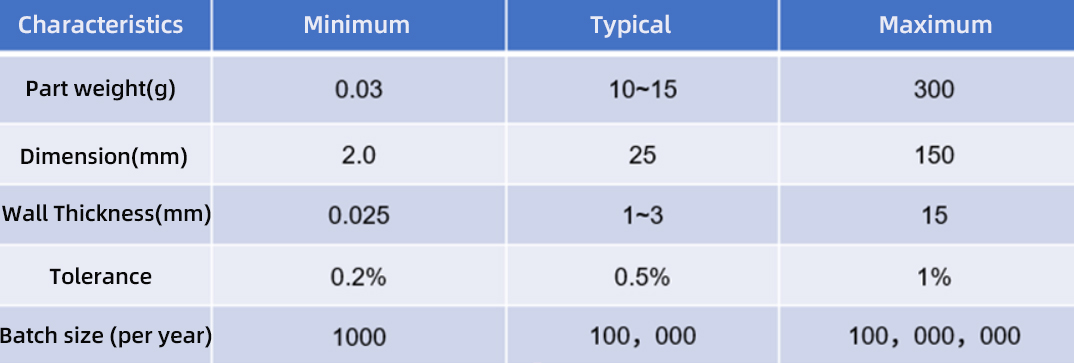
1, weight MIM process is more suitable for small weight metal parts. The most typical MIM part weight is usually around 10~15g, less than 50g is the most economic value, the maximum does not exceed 300g.
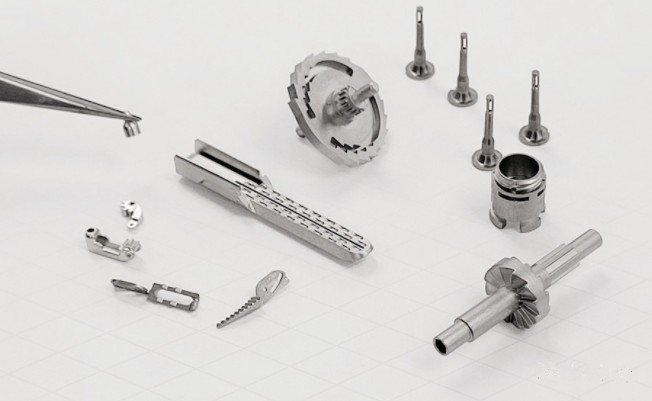
2, size MIM process is more suitable for small size metal parts. The most typical MIM part size is about 25mm, the maximum does not exceed 150mm.
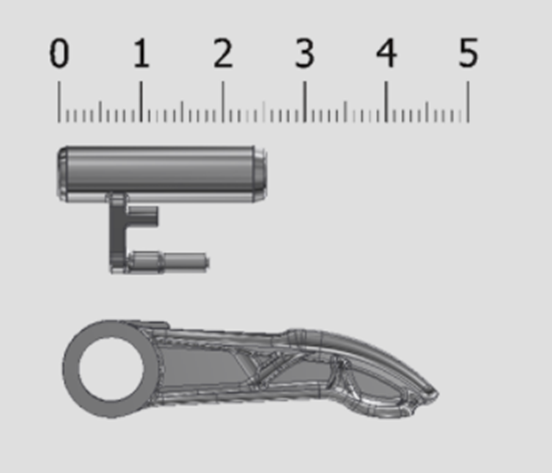
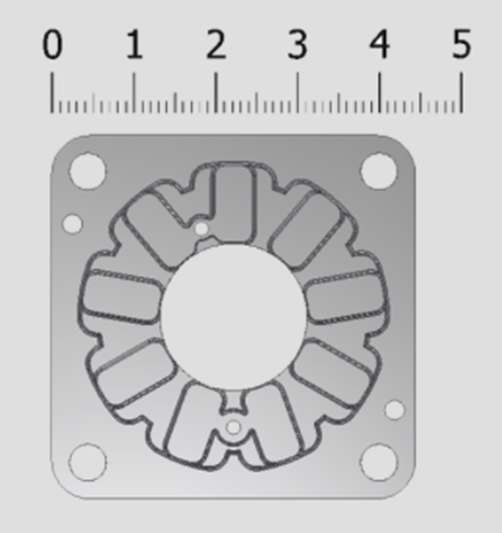
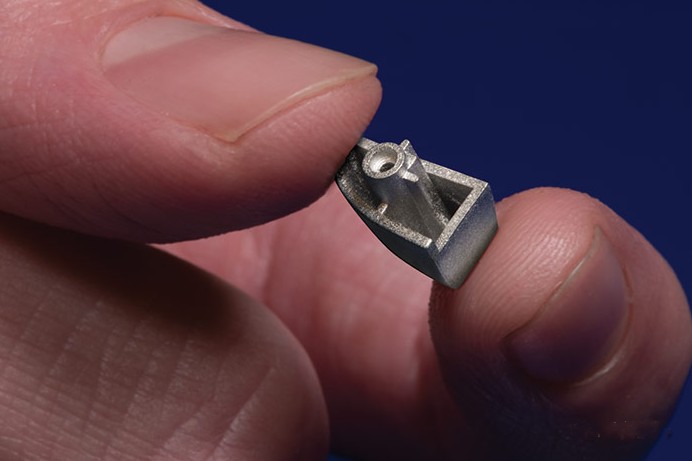
Why is the MIM process not suitable for large size parts? This is mainly because the MIM part tolerance is generally 0.3% to 0.5% of the size of the size, the size is too large, then the tolerance of the part will become larger. Tolerance is too large, may not meet the design requirements, or require additional machining and other secondary processes, increasing costs.
3, the thickness of the MIM parts of the typical thickness of 1.0 ~ 3.0mm.
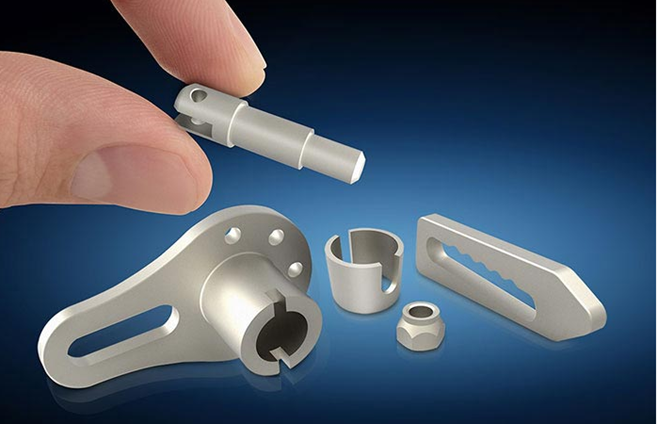
4. Shape MIM parts are suitable for complex three-dimensional geometries with external grooves, external threads, tapered external surfaces, cross-through holes, blind holes, concave platforms, key pins, reinforcing plates, surface knurling and other complex geometries. In the case of simple shapes, it may make more economic sense to use processes such as sheet metal stamping, forging and powder molding.
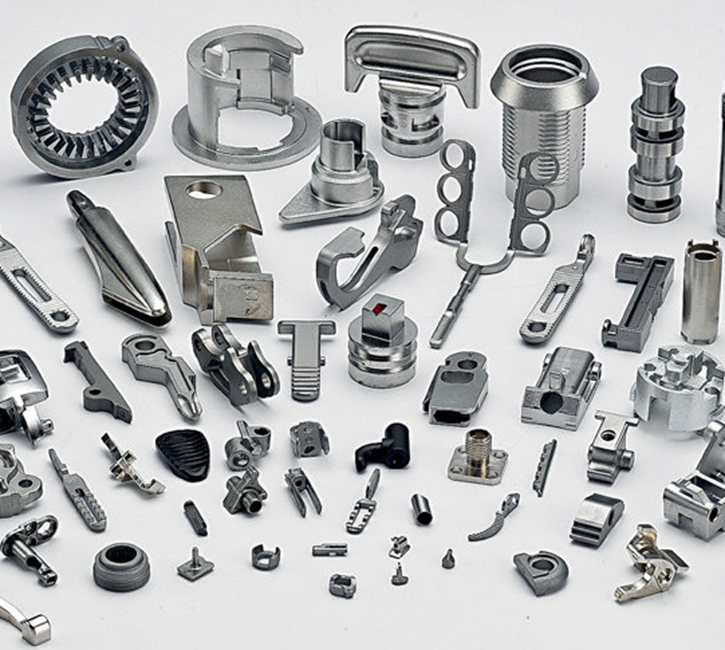
5, batch due to the MIM process needs to be molded through the mold, and the mold exists cost, so the MIM process requires metal parts in a certain batch under the premise of economic value. Generally speaking, suitable for MIM process annual batch requirements for more than 100,000 units.
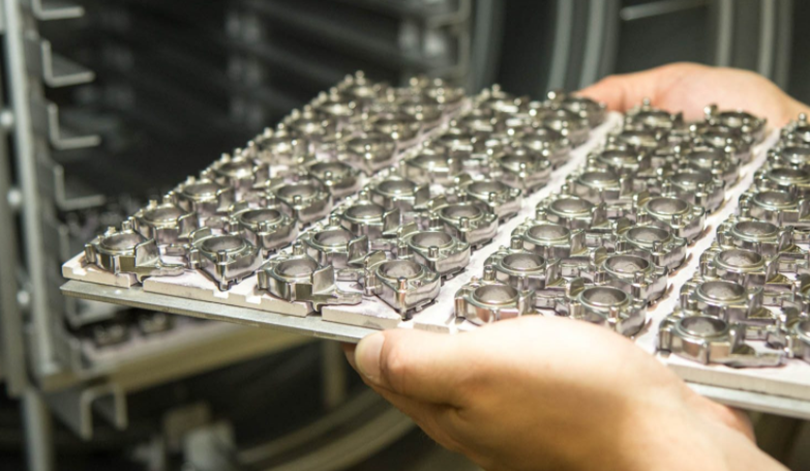


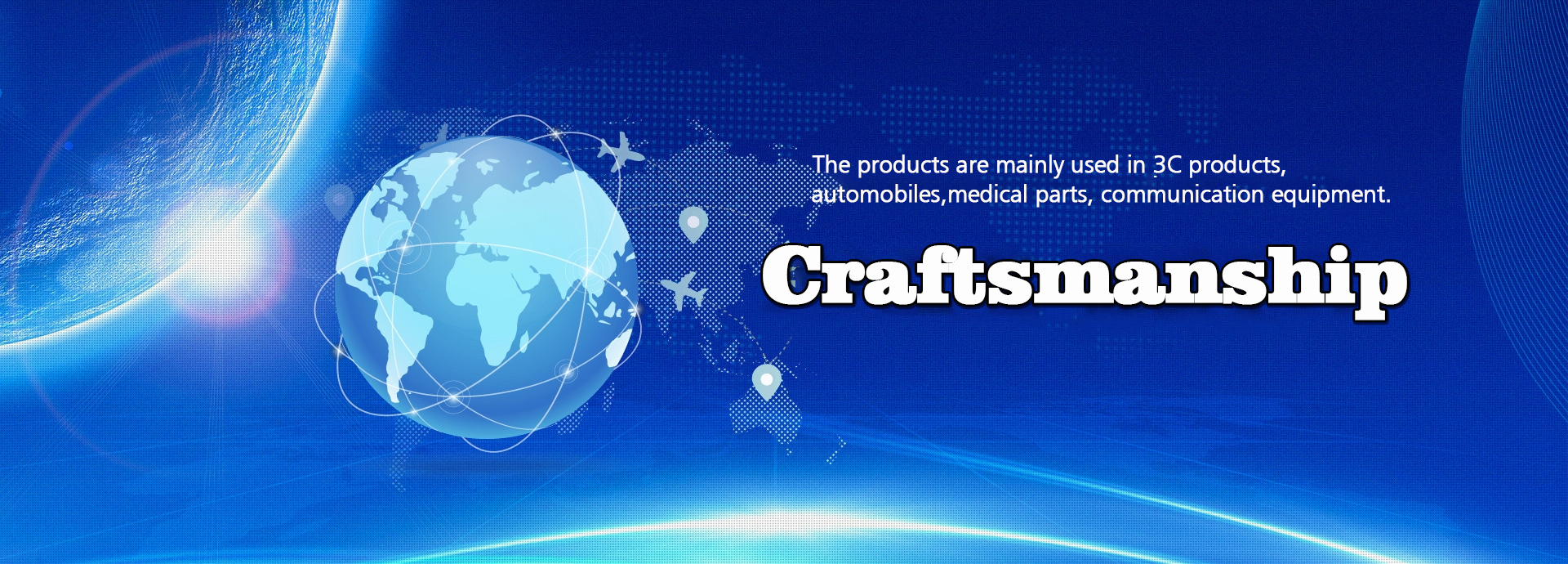

 ipcode:
ipcode: